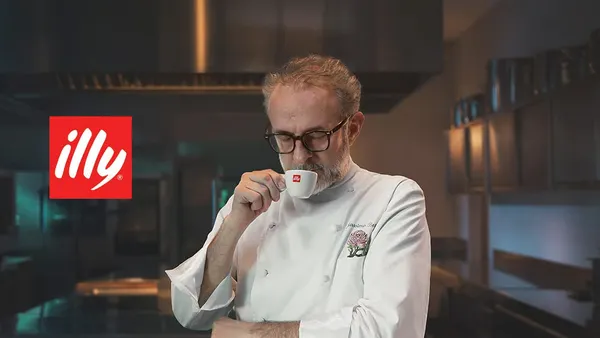As viewer fragmentation increases and the value of traditional commercials decreases, marketers are forging deeper partnerships in film, television and video games, including when it comes to product placement. Product placement can't be skipped as it's an intrinsic part of the media, helping brands combat ad-averse behaviors and connect with viewers on ad-free or ad-light streaming services.
Properties such as “Stranger Things” and “Peaky Blinders” have proven valuable on this front. Products featured in “Stranger Things” saw huge jumps in value after the premiere of the first half of season four earlier this year. Coke reached a placement value of $1.83 million while Lacoste reached a value of $1.8 million, according to YouGov data.
With product placement comes branded partnerships, as seen with Coors Banquet and cowboy Western “Yellowstone.” Even in shows where a paid product placement is more difficult, like period-set dramas, brands have found ways to reach fans. For example, Bushmills took advantage of a prop in “Peaky Blinders” to release a branded bottle and develop numerous activations.
As media continues to evolve, some brands are looking beyond TV and movies. Hershey’s Oh Henry! found recent success with intrinsic video game advertising. These ads appear naturally in-game, such as in the form of a billboard, and are not disruptive to gameplay.
Below, Marketing Dive gathered six stories that demonstrate how product placement is changing — and the benefits it can have for brands.













